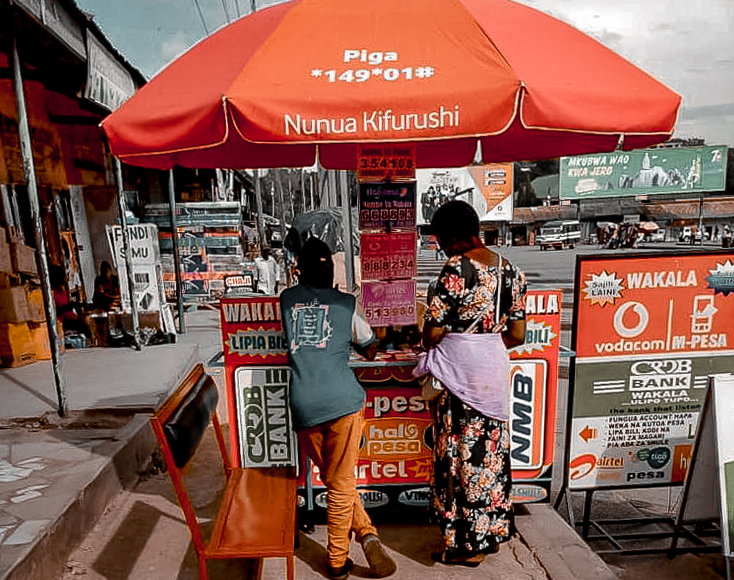Repaying Loans with Mobile Money Increases Women’s Empowerment in Tanzania

In collaboration with IPA Tanzania and BRAC Tanzania, researchers conducted a randomized evaluation that found that women who used mobile money to repay loans increased their usage of mobile money for other purposes. This increased usage in turn increased women’s empowerment, primarily through greater control over their finances and decision-making power in the household.
Mobile money can help increase women’s control of their funds—an important dimension of women’s empowerment. However, despite the rapid expansion of mobile money across Sub-Saharan Africa, women in Tanzania are 20 percent less likely than men to have an account.1 In addition, compared to men, they are also less likely to use their account, and make fewer and smaller-value transactions. As such, increasing women’s use of mobile money may lead to improved livelihoods.2
In collaboration with IPA Tanzania and BRAC Tanzania, researchers conducted a randomized evaluation to measure whether using mobile money to repay loans increased women’s economic power. A total of 750 women microfinance clients were randomly divided equally into the following three groups:
- Weekly loan repayment with mobile money + weekly group meetings
- Weekly loan repayment with mobile money + bi-weekly group meetings
- (Comparison) Weekly loan repayment with cash + weekly group meetings
Women who repaid their loans with mobile money substantially increased their use of mobile money for other types of transactions. This effect was driven by an increased likelihood of allowing mobile payments in their business, increased transaction frequency and value, and increased savings with mobile money. At the same time, women became more comfortable with using mobile money. Due to the increased usage of mobile money, women became significantly more empowered: They had more control over their finances and more decision-making power in the household than those in the comparison group, with particularly large impacts for women who had the lowest levels of empowerment before the intervention.
Source
1,2. Holliday, Devyn. “Limited usage: women and mobile money in Tanzania,” GSMA, February 2, 2023, https://www.gsma.com/mobilefordevelopment/blog/limited-usage-women-and-mobile-money-in-tanzania/












